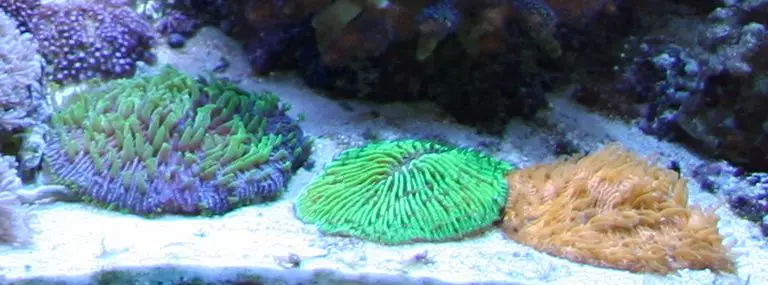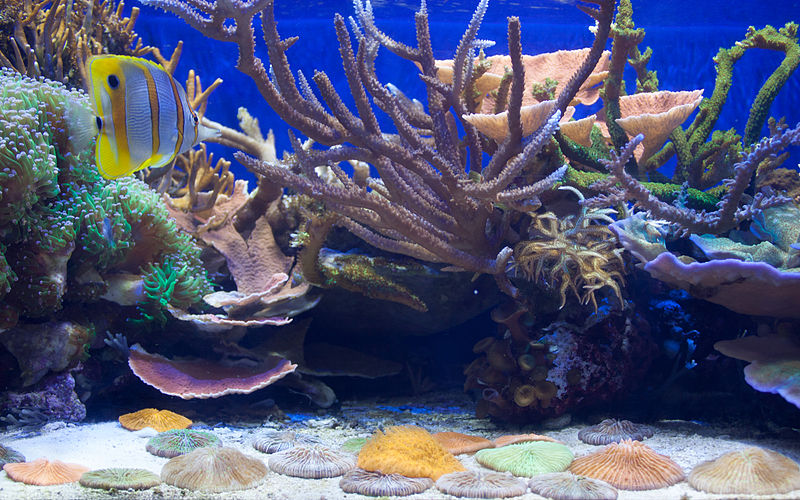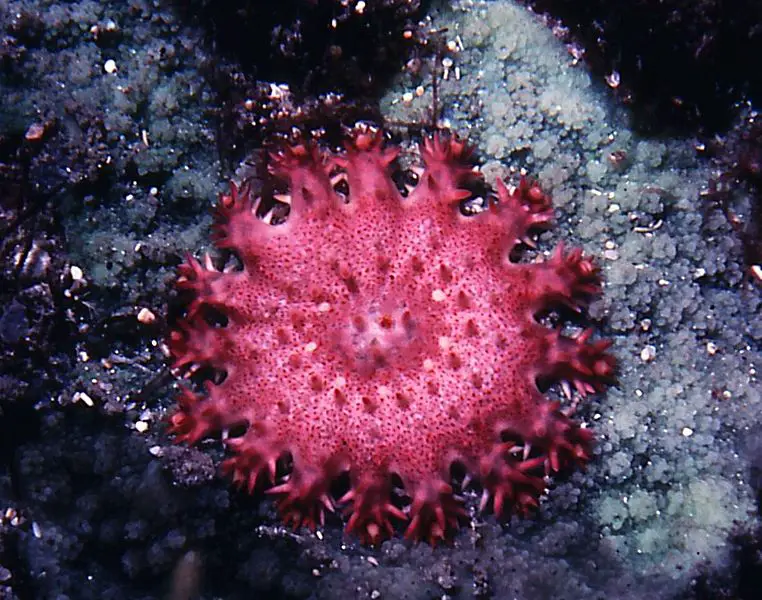You may have heard the term “LPS corals” thrown around if you’re new to saltwater aquariums. LPS stands for “large polyp stony” corals, a popular choice for beginner aquarists.
These corals are known for their hardiness and ease of care, making them an excellent option for those just starting.
At Sea Life Planet, education is key to success in the aquarium hobby. That’s why we’ve compiled this guide to LPS corals for beginners.
This article will cover the basics of LPS corals, including their care requirements, types of LPS corals, and tips for keeping them healthy in your aquarium.
Whether you’re a seasoned reef keeper or a complete novice, this article will provide helpful information and inspire you to explore the fascinating world of LPS corals.
What are LPS Corals?
Large Polyp Stony (LPS) corals are a type of coral that has a complex, stony skeleton. They are characterized by their large polyps, the individual coral animals that comprise the colony.
LPS corals are popular among reef aquarium hobbyists due to their vibrant colors and unique shapes.
LPS corals are found in various shapes and sizes, from small branching colonies to large, solitary corals. They are often called “beginner corals” because they are generally easier to care for than others, such as SPS (Small Polyp Stony) corals.
However, it is essential to note that LPS corals still require specific water parameters and lighting conditions to thrive in a home aquarium.
Some common types of LPS corals include:
- Torch coral
- Frogspawn coral
- Hammer coral
- Bubble coral
- Brain coral
LPS corals are known for their ability to extend their polyps during the day and retract them at night. This behavior is essential for feeding, as LPS corals capture food particles with their tentacles.
They also obtain nutrients through photosynthesis, so proper lighting is crucial for their health.
Benefits of Owning LPS Corals
LPS corals are an excellent choice for beginners just starting with reef aquariums. Here are some benefits of owning LPS corals:
- Easy to care for: LPS corals do not require as much light as SPS corals, making them easier to manage. They also tend to be more forgiving regarding water parameters, making them an excellent choice for beginners.
- Colorful: LPS corals come in various colors, from bright greens and blues to deep reds and purples. They can add a beautiful pop of color to your aquarium.
- Provide shelter for fish: LPS corals have large fleshy polyps that can provide shelter for small fish and invertebrates. This can help create a more natural and diverse environment in your aquarium.
- Low maintenance: LPS corals require less maintenance than other corals. They can be fed less often and left alone for long periods.
Overall, LPS corals are an excellent choice for beginners who want to add color and diversity to their reef aquarium. With their easy care requirements and beautiful appearance, they are sure to be a great addition to any aquarium.
Factors to Consider Before Owning LPS Corals
Tank Size and Water Parameters
LPS corals require a minimum tank size of 30 gallons. It is important to maintain stable water parameters to ensure their health and growth. The ideal temperature range is between 75°F and 80°F, with a pH range of 8.0 to 8.4.
LPS corals prefer moderate to high water flow, so it is recommended to have a powerhead or wave maker in the tank.
Testing the water regularly for parameters such as ammonia, nitrite, nitrate, calcium, and alkalinity is crucial. These parameters can be maintained through regular water changes and a protein skimmer.
Lighting and Flow
LPS corals require moderate to high lighting intensity. Therefore, it is recommended to use LED or T5 lighting with a color spectrum between 10,000 K and 20,000 K.
The lighting should be on for 8-10 hours a day, and it is important to acclimate the corals to the new lighting slowly to prevent stress.
As mentioned earlier, LPS corals prefer moderate to high water flow. The water flow helps to bring nutrients and oxygen to the corals while removing waste and carbon dioxide.
Adjusting the flow to the coral’s preference is essential, as too much or too little flow can cause stress or damage.
Feeding and Maintenance
LPS corals are photosynthetic and obtain most of their energy from the light they receive. However, they also require supplemental feeding to thrive.
Feeding LPS corals once or twice a week with small pieces of meaty foods such as mysis shrimp, or brine shrimp is recommended.
Regular maintenance is vital to ensure the health of LPS corals. This includes frequent water changes, cleaning the tank and equipment, and monitoring water parameters.
It is also important to watch for signs of stress or disease, such as closed polyps or discoloration.
| Tank Size | Water Parameters | Lighting | Flow | Feeding | Maintenance |
|---|---|---|---|---|---|
| Minimum 30 gallons | pH 8.0-8.4, temperature 75-80°F, stable parameters | LED or T5 lighting, 10,000K-20,000K color spectrum, 8-10 hours/day | Moderate to high flow, adjust to coral preference | Once or twice a week with small pieces of meaty foods | Regular water changes, cleaning, monitoring parameters |
Popular LPS Corals for Beginners
Torch Coral
Torch corals are a great option for beginners due to their hardiness and ease of care. They come in various colors and have long, flowing tentacles that give them a unique appearance.
Torch corals prefer moderate lighting and water flow and can be placed on the bottom of the tank or a rock.
Hammer Coral
Hammer corals are another popular choice for beginners. They have hammer-shaped skeletons with long, fleshy tentacles in various colors.
Hammer corals prefer moderate lighting and water flow. They are also known to split and grow quickly, making them a great addition to any tank.
Frogspawn Coral
Frogspawn corals are hardy and easy-to-care-for LPS corals that come in various colors. They have long, fleshy tentacles that resemble frogspawn, hence their name.
Frogspawn corals prefer moderate lighting. They are also known to grow quickly and can be easily propagated.
Brain Coral
Brain corals are popular for beginners due to their hardiness and unique appearance.
They come in various colors and have a bumpy, brain-like texture. They are also known to grow slowly, making them a great addition to any tank.
Bubble Coral
Bubble corals are unique and easy to care for. They have large, bubble-like polyps that inflate and deflate, giving them a unique appearance.
Bubble corals prefer moderate lighting and water flow. They are also known to grow quickly.
Conclusion
LPS corals are a great addition to any beginner’s saltwater aquarium. They are relatively easy to care for and require minimal maintenance.
When adding LPS corals to your aquarium, it is crucial to ensure that you have the proper lighting, water flow, and water chemistry.
Additionally, giving them enough space to grow and thrive is essential.
LPs corals are an excellent choice for beginners just starting with saltwater aquariums.
They are relatively easy to care for and can provide a beautiful and exciting addition to your aquarium. With the proper care and attention, your LPs corals can thrive and bring joy to your aquarium for years.



